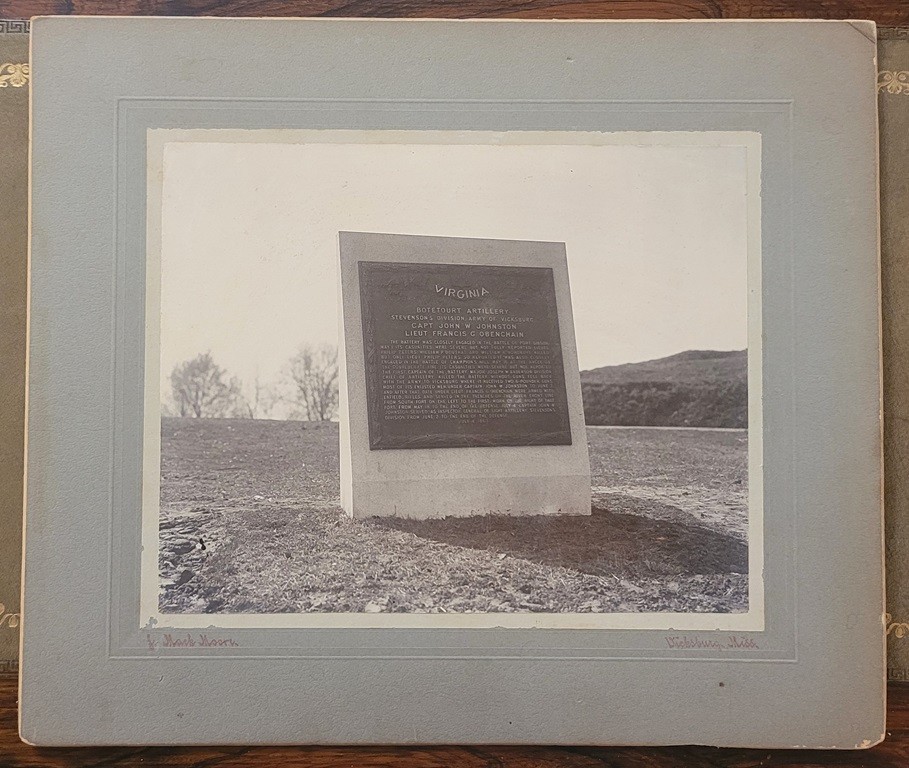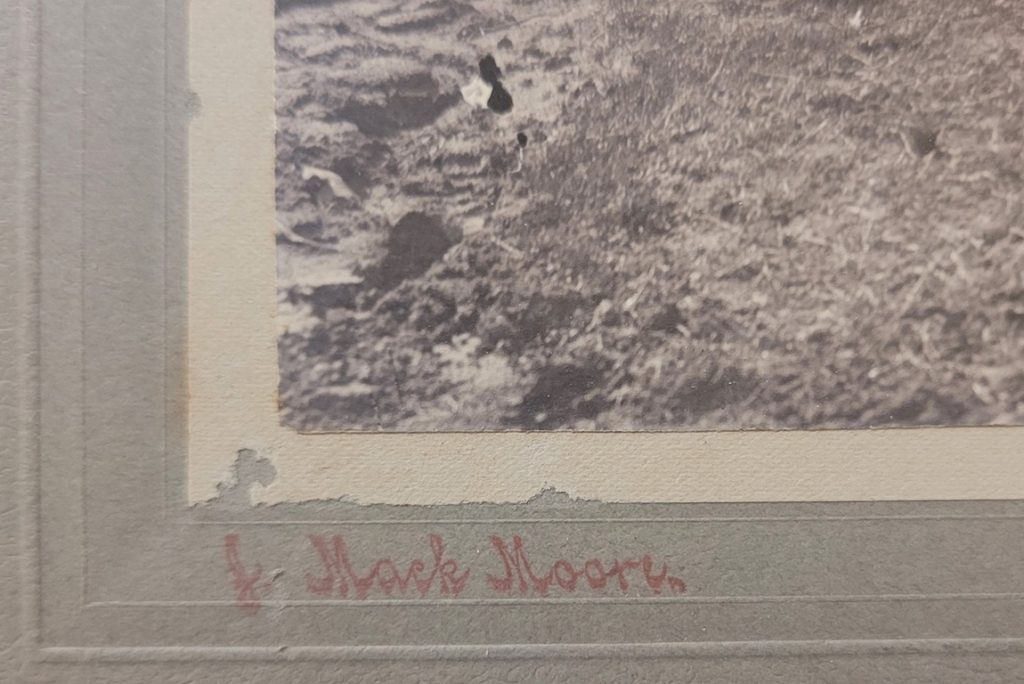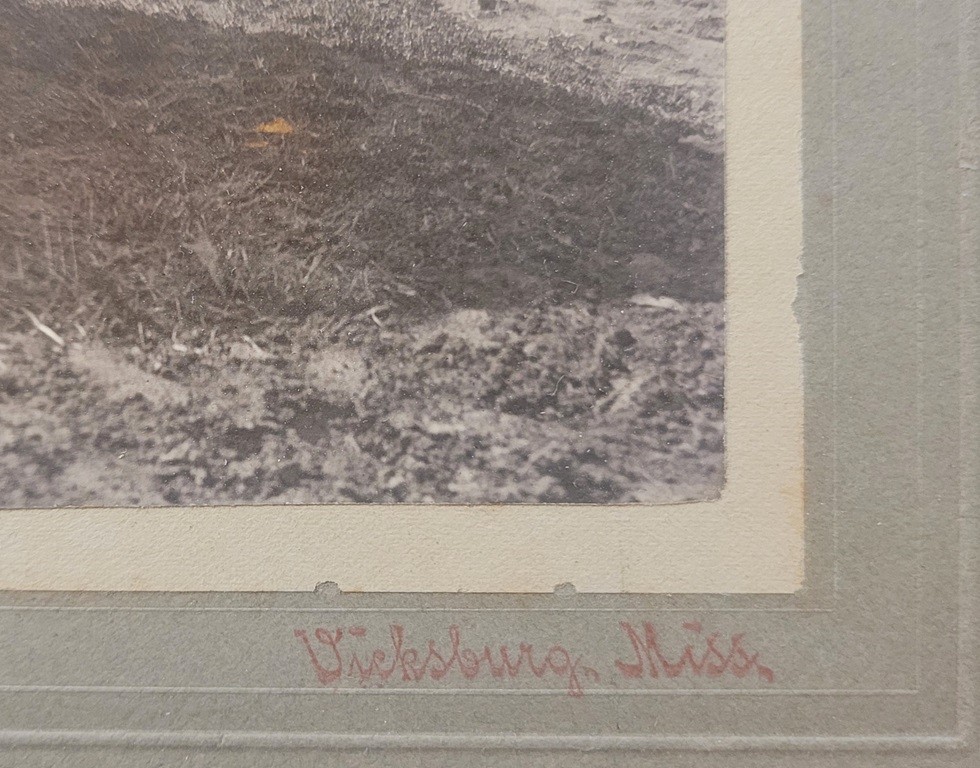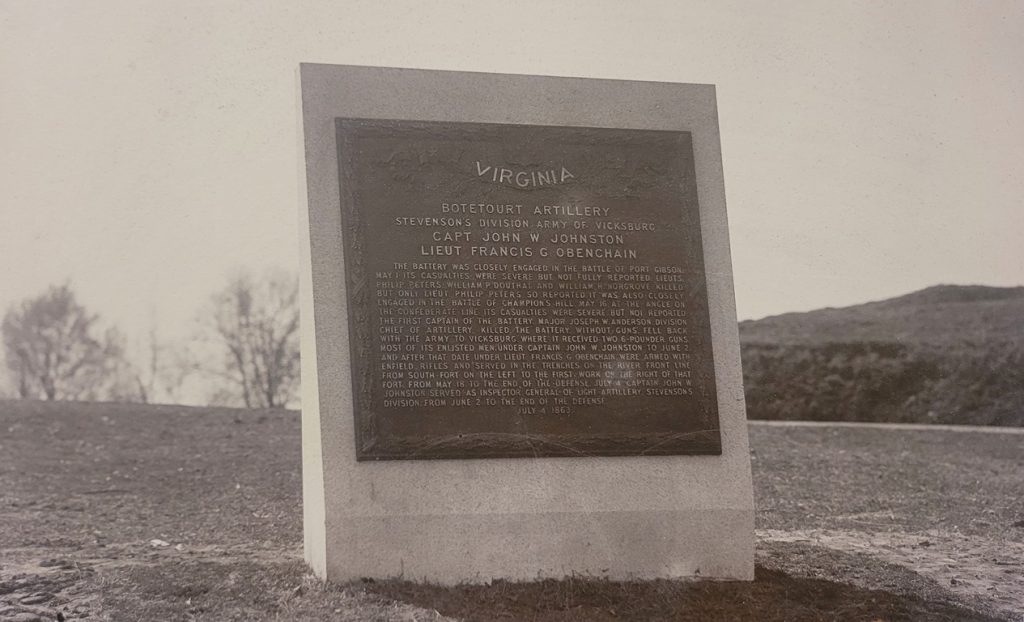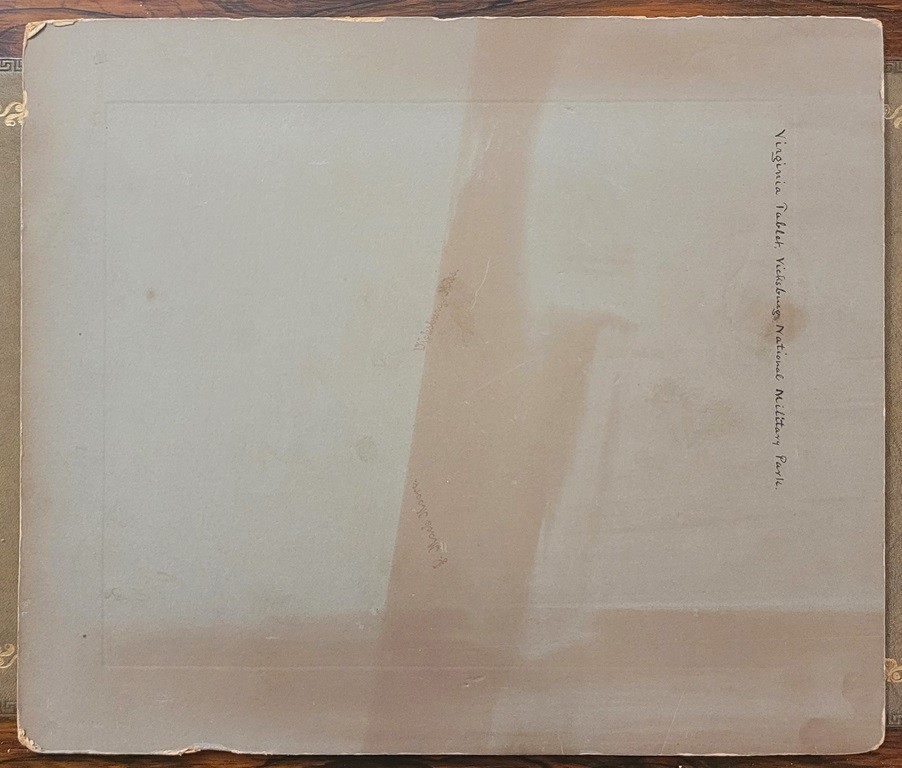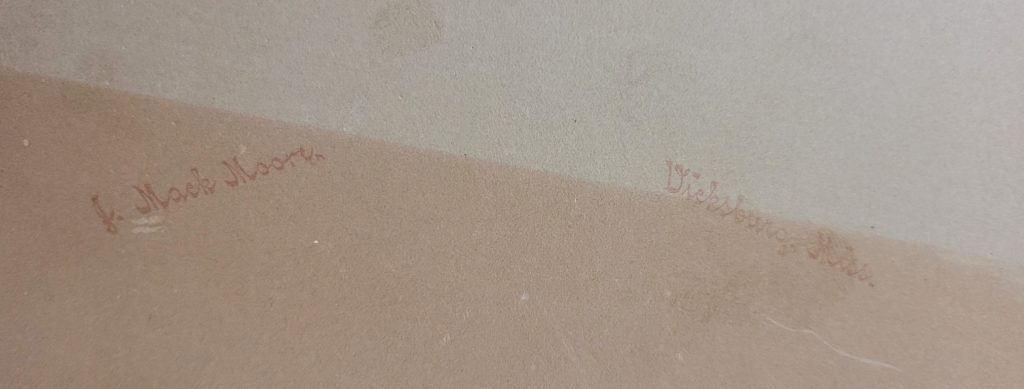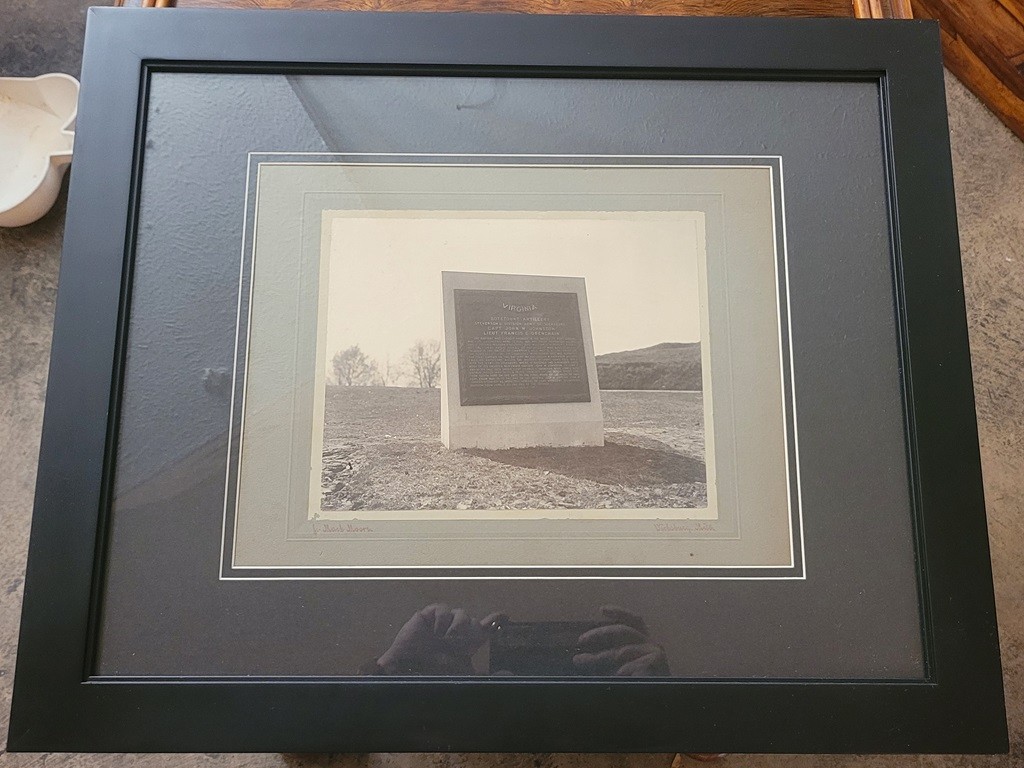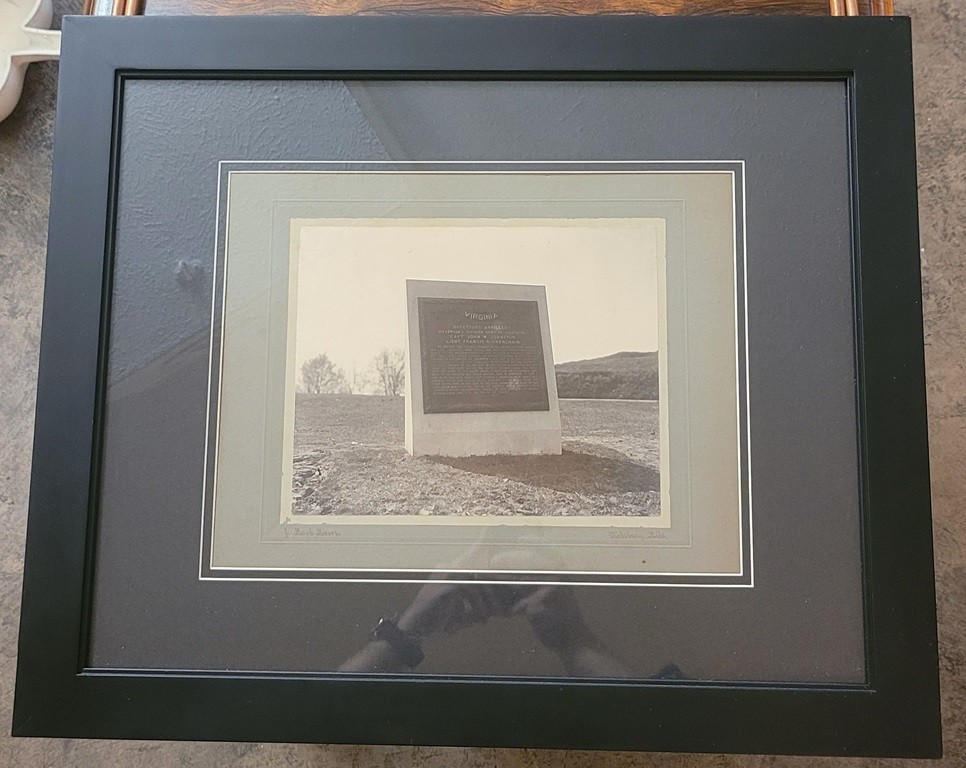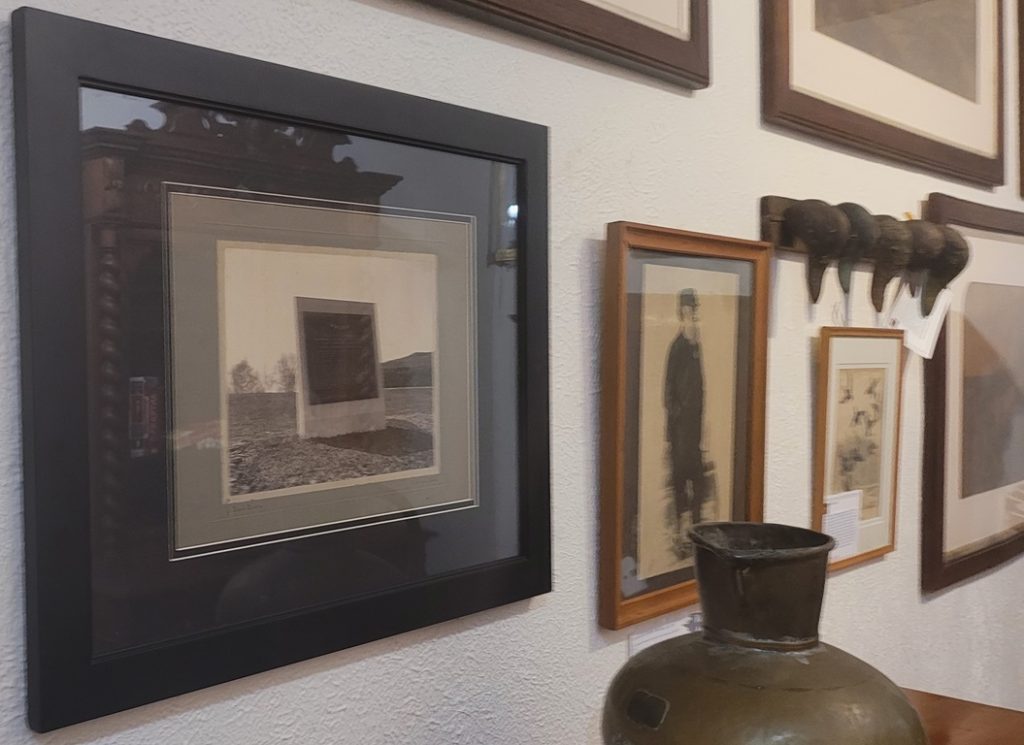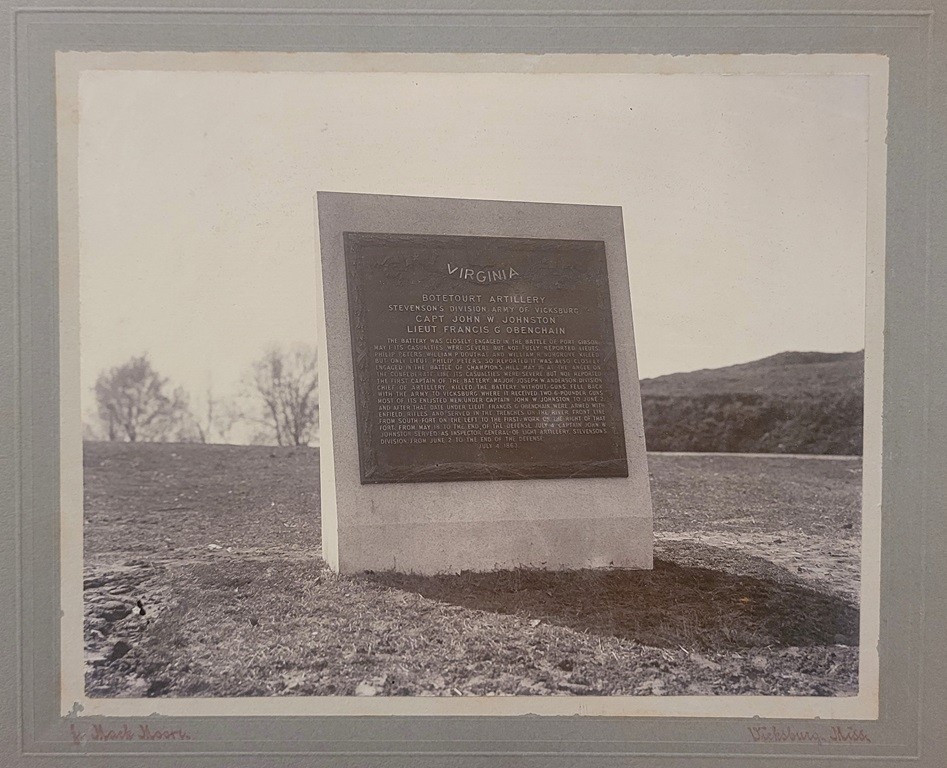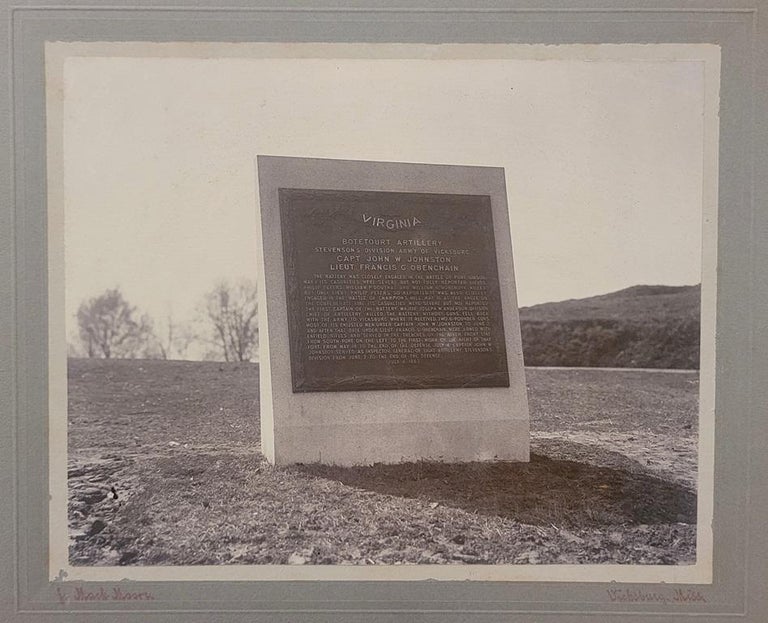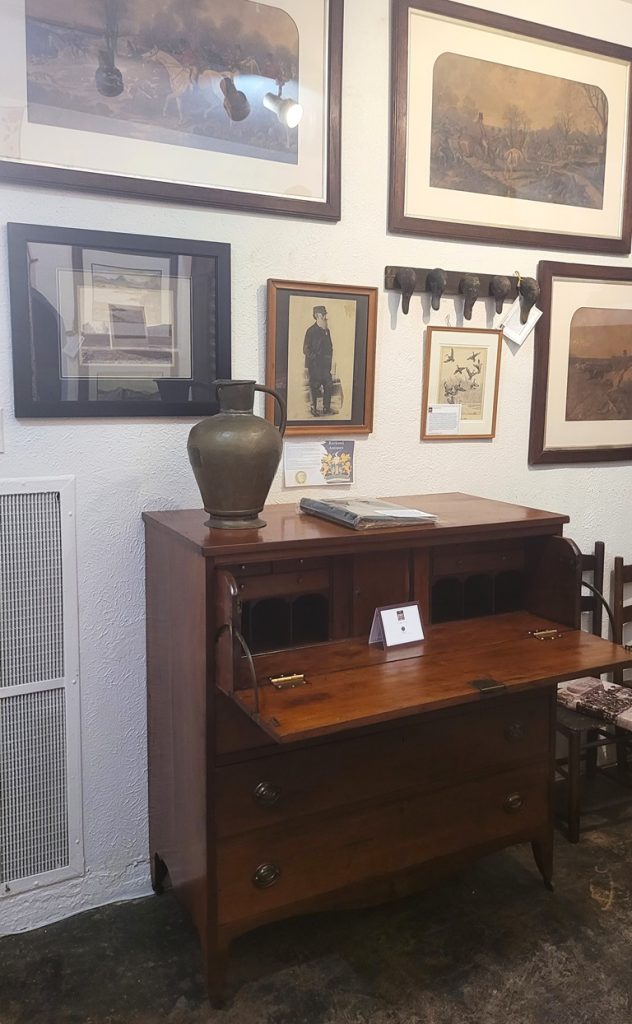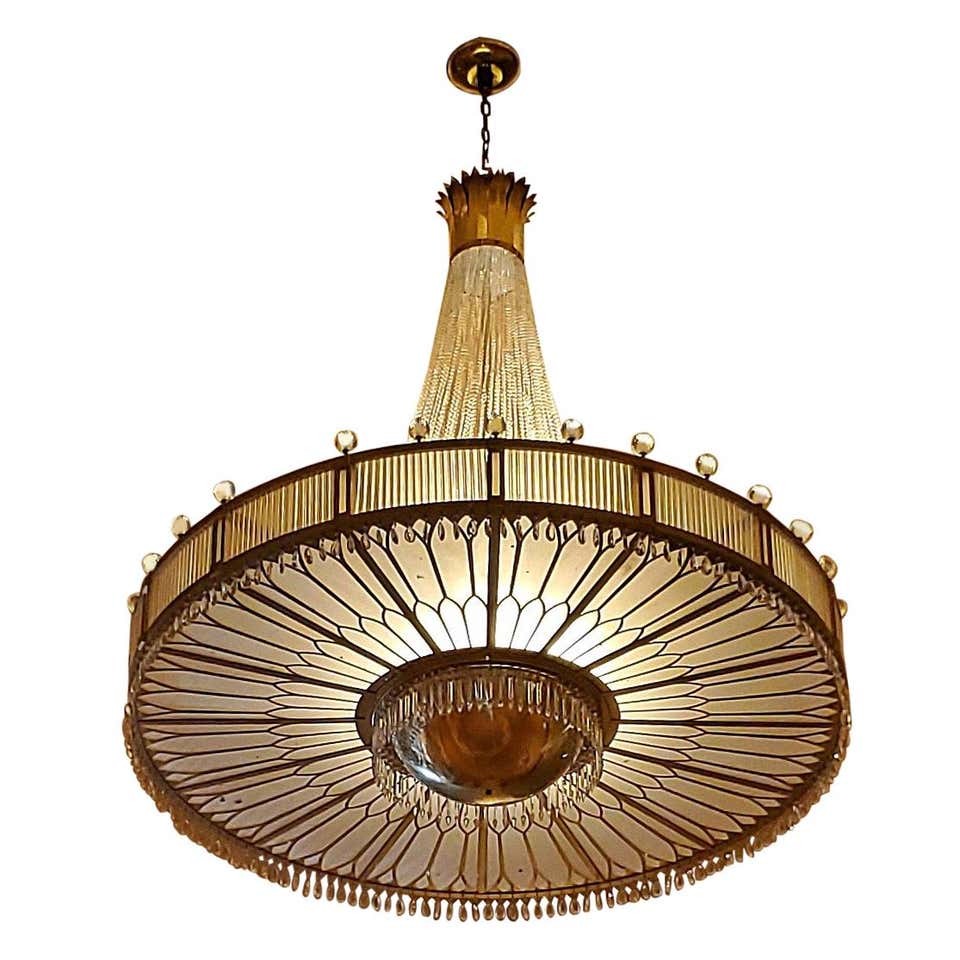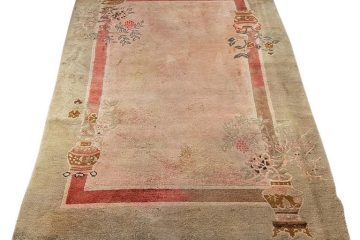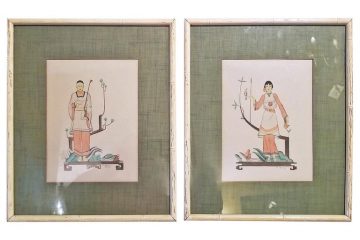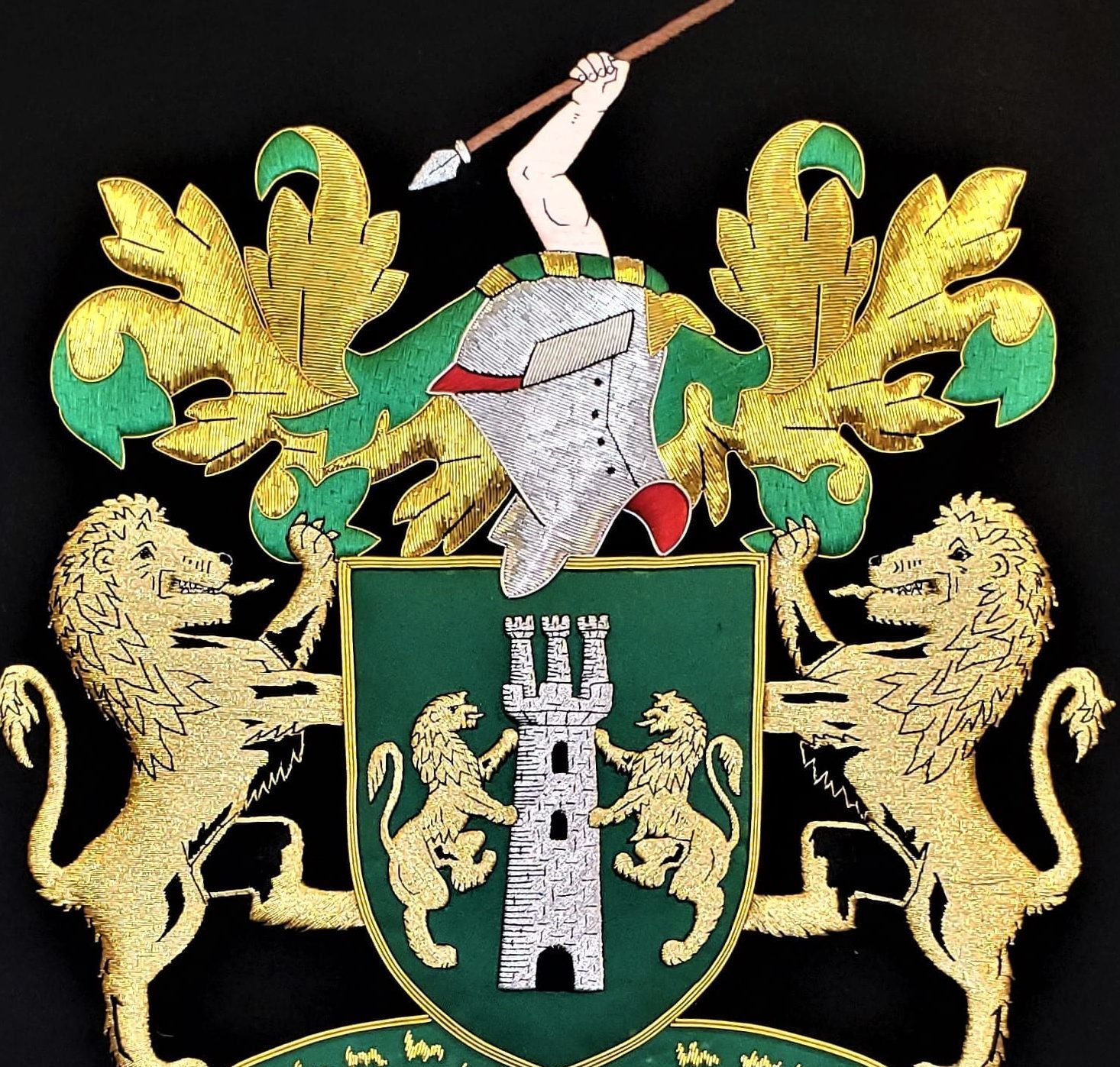PRESENTING A VERY RARE and Original J Mack Moore Photo of Virginia Memorial in Vicksburg, MISS and probably taken circa 1907/08, after it’s dedication.
Paper photograph mounted on board, on it’s original matting.
Taken by famous photographer John Mack Moore of Vicksburg and signed by him in red ink on bottom left “J Mack Moore’ and “Vicksburg, Miss” on the bottom right (also in red ink).
Hand-noted in black ink on rear as “Virginia Tablet, Vicksburg National Military Park” and also signed again by J. Mack Moore in red ink on left center on the rear and “Vicksburg, Miss” on the right center (also in red ink).
Newly framed and matted and under glass.
Original photos by J. Mack Moore are ‘highly’ sought after and have performed very well at auction.
John Mack Moore, born in 1869, was the son of prominent residents of antebellum Vicksburg. He was only a toddler when the famous 1870 race between the Robt. E. Lee and Natchez had his hometown in a state of excitement as the big sidewheelers passed upriver en route from New Orleans to St. Louis. As a young man, he became an avid and skilled photographer, spending much time at the wharf along the Mississippi and Yazoo, recording on glass plate negatives the daily activity of the busy river landing.
Conversations with masters, mates, mud clerks and roustabouts were his daily fare. Moore learned photography from an elderly master of albumen, wet plates and homemade printing papers. He had a disdain for newfangled gadgetry and held fast to utilizing the old methods of previous decades in the making of photographs, with sparkling results.
J. Mack Moore was considered the dean of photographers as well as a colorful character around Vicksburg. In later years, owing to his white hair and moustache, he was said by many to bear a close resemblance to Mark Twain.
Moore’s Clay Street home, where he also operated his photographic studio, was built from the top down, a most amazing feat accomplished by a unique individual. Originally it was a rambling residence in a Southern, park-like setting. However, when paved streets eventually came to the city, the house was left at the base of an embankment, the large oak trees removed to make way for an unsightly culvert. Singlehandedly, Moore raised the house to street level. As the edifice gradually rose, Moore fashioned lower floors, accomplishing the feat with heavy timbers and screw jacks. When the home was 12 feet above the ground, he added a lower floor and then took the whole structure up another six feet before placing the foundation timbers. The noise of street traffic so annoyed him that Moore kept his studio and living quarters for his wife and himself in the lower levels.
Each year the couple took a vacation, most often on steamboats, to the New Orleans Mardi Gras, a tradition beginning with their honeymoon.
Moore’s detailed photographs were eagerly sought by river people, historians and collectors the world over. When the huge steam towboat Sprague was retired in 1948 at Vicksburg, he donated a large number of steamboat prints for the River Hall of Fame. Following Moore’s death in 1954, the glass plate negatives were purchased by the Warren County Historical Society and accessioned by curator Eva W. Davis into the collections of the Old Court House Museum. Here they are forever preserved and available to researchers seeking images from a colorful time never to come again. Including some 1,100 plates, the photographs include scenes of not only riverboats, but everyday life in Vicksburg. In 1994, Gordon Cotton showed me some of the museum’s wondrous photo collection.
Thanks to the skilled artistry of J. Mack Moore, Vicksburg’s foremost photographer, fascinating images of such fabled steamboats as the J.M. White, America, Belle of the Bends, Kate Robbins, Natchez, Robt. E. Lee, Tennessee Belle and countless others were captured on film for the edification of generations yet unborn.
Link: https://www.waterwaysjournal.net/2021/04/26/j-mack-moore-riverboat-photographer/
J Mack Moore died in 1954.
The Virginia State Memorial is located outside Vicksburg National Military Park on former park property in the City of Vicksburg. It is situated on the southeast corner of the North Frontage Road and Iowa Avenue. The bronze plaque, mounted on a granite pedestal, represents the Botetourt Artillery, the only Virginia unit to participate in the defense of Vicksburg. The memorial was the first Confederate tablet to be placed in the park and dedicated on November 23, 1907. The entire monument cost of $520 was raised by donations.
Link: https://www.nps.gov/vick/learn/historyculture/virginia-memorial.htm
The son of a respected storekeeper, Francis G. Obenchain was born in Botecourt County, Va., in 1843. In 1861, Obenchain enlisted in the Confederate Army as part of the “Mountain Rifles.” This unit was also briefly part of Co. H, 28th Va. Vol. Inf., before it was converted into a light artillery battery in 1861. Renamed the Botetourt Artillery, the War Department assigned the unit to the war’s eastern theater in 1862, where it was the only Virginia unit to participate in the Vicksburg campaign. Obenchain served as the unit’s temporary commander during the Battle of Port Gibson (May 1, 1863) and during the siege of Vicksburg (May-July 1863). Captured and paroled, Obenchain and his battery returned to Virginia, where it took part in the artillery duel at New River Bridge (May 10, 1864) and in the defense of Lynchburg (June 1864). In 1873, Obenchain left Virginia and eventually settled in Chicago, where he worked as a miller’s agent and was member of the Chicago Flour Exchange. He also maintained a residence in Miami, Fla.
This collection mainly contains correspondence between Obenchain and various individuals, including William T. Rigby, Commissioner of the Vicksburg National Military Park Association, regarding the correct placement of markers honoring the Botetourt Artillery at the park. Obenchain’s letters, largely written between 1902 and 1904, reveal the vivid, detailed memories of a keen observer with an engineer’s eye toward terrain. Obenchain also provides exact details of his unit’s part in the campaign, and discusses the battery’s “humiliating” record after Vicksburg, veteran’s reunions, and monument construction in Fincastle, Va. The collection also contains several maps and blueprints of Civil War battlefields, rough drafts of manuscripts, and genealogical information.
The Obenchain papers are extensively used in Terrance J. Winschel, “Virginians Far from Home: The Botetourt Artillery at Vicksburg” and “The Guns of Champion Hill,” Journal of Confederate History, 5-6 (1990-91).
Francis Gardiner Obenchain, was a brother of Major William Alexander Obenchain (one of 12 siblings) who also fought in the Civil War to much acclaim.
This photo was part of Major WA Obenchain’s Estate. We have a number of important items in this Collection, ALL posted separately on our website.
Original J Mack Moore Photo of Virginia Memorial in Vicksburg, MISS
Provenance: From the Estate of Major W.A. Obenchain.
Condition: Very good overall. Some ‘nibbling’ to the paper backing edges, especially on bottom left, but not significant. Some very minor fading through age, otherwise in very good ORIGINAL condition.
Dimensions: 19 inches Tall, 23 inches Wide and 1 inch Deep in frame.
SALE PRICE NOW: $1,200
